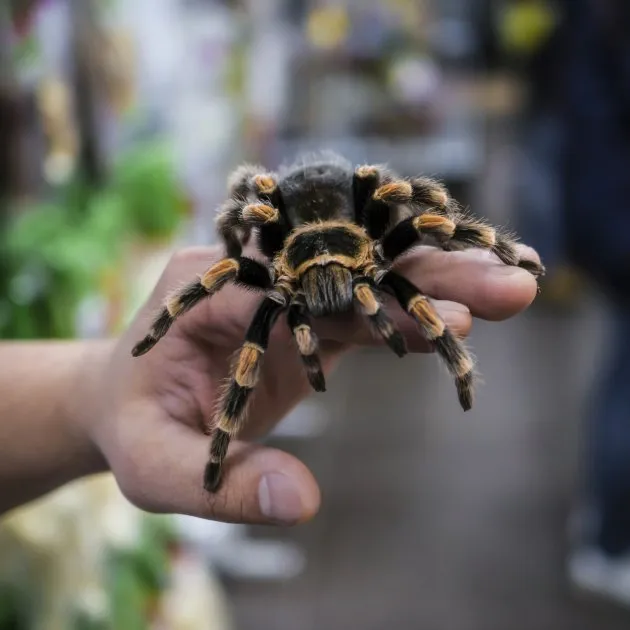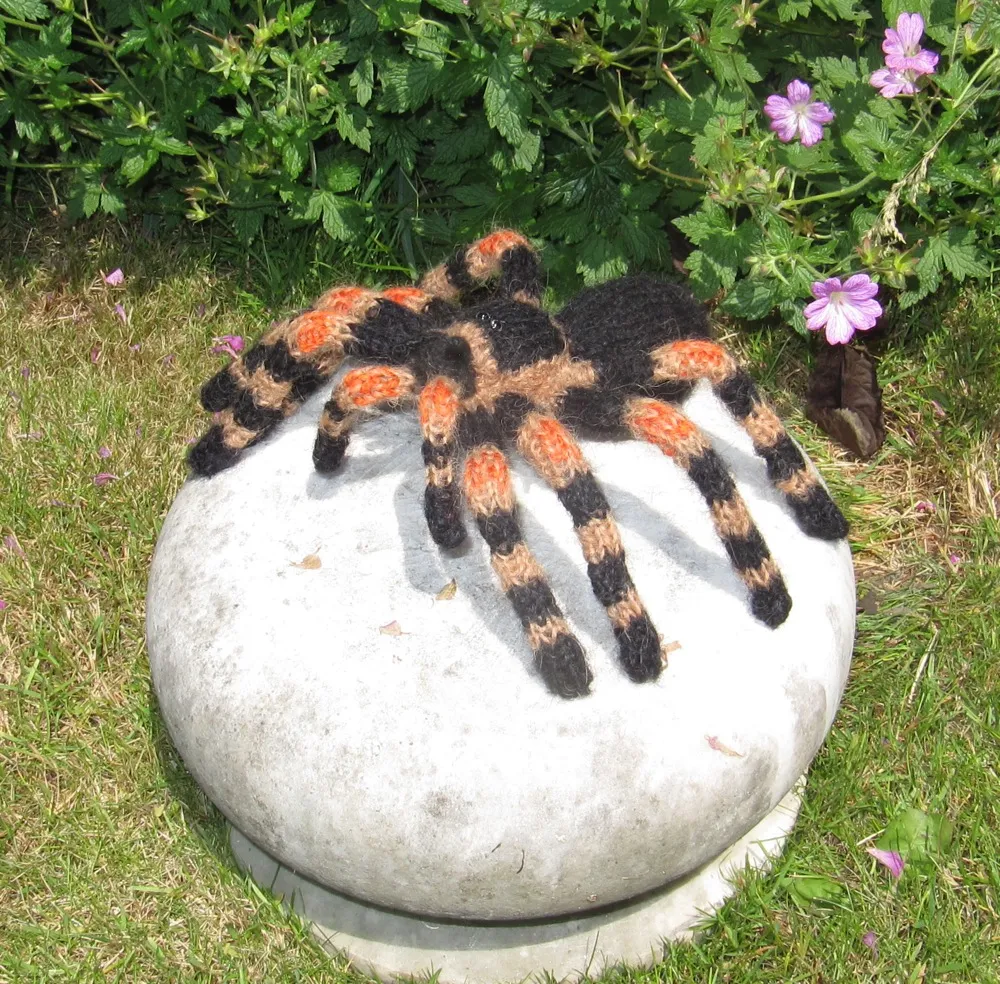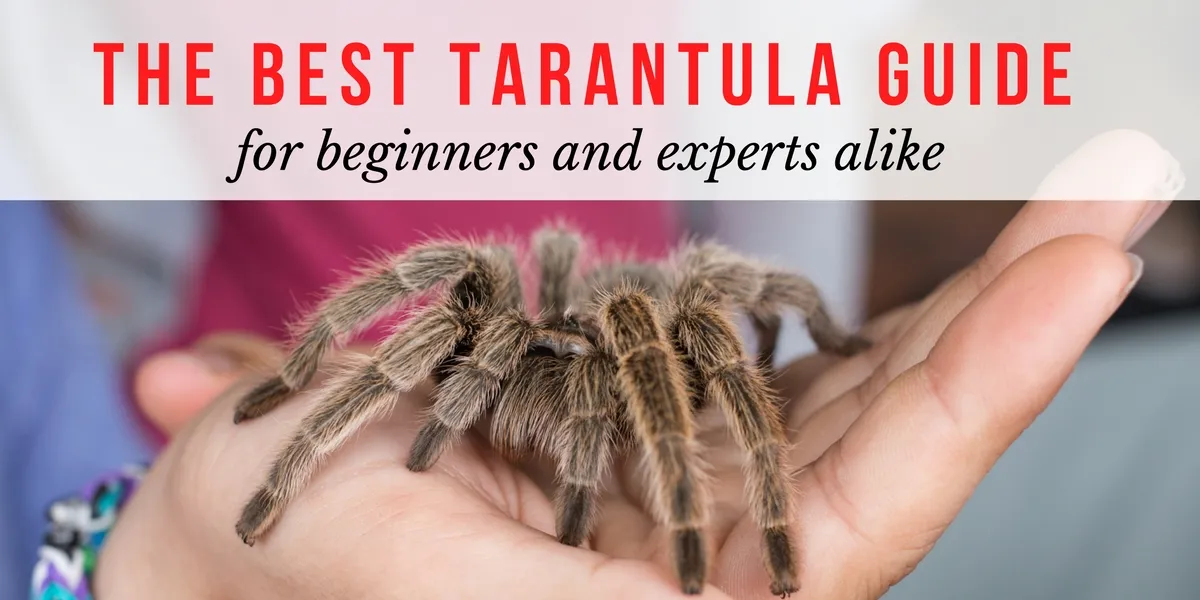Amazing Tarantula Facts
Tarantulas, with their imposing size and captivating presence, have become increasingly popular as pets. But beyond their striking appearance, tarantulas possess a fascinating array of characteristics that make them truly unique. This guide delves into five amazing facts about tarantulas, exploring their biology, behavior, and the wonders that make them so intriguing. Whether you’re a seasoned arachnid enthusiast or a curious newcomer, prepare to be amazed by the secrets of these eight-legged wonders. Understanding these facts will not only deepen your appreciation for these creatures but also provide valuable insights for potential pet owners.
Tarantulas Are Arachnids
First and foremost, tarantulas belong to the arachnid family, a group that also includes spiders, scorpions, and mites. This means they share fundamental characteristics, such as having eight legs, two body segments (cephalothorax and abdomen), and no antennae. Their bodies are covered in an exoskeleton made of chitin, providing protection and support. Tarantulas are further classified as spiders, distinguished by their size, hairy bodies, and the presence of fangs for injecting venom. They are predators, primarily feeding on insects, but larger species may also consume small vertebrates. Recognizing their arachnid nature helps us understand their basic biology and care requirements, setting the stage for appreciating their other unique traits.
Tarantulas Shed Their Skin

One of the most captivating aspects of tarantula biology is the process of molting. As tarantulas grow, they shed their exoskeleton, a process known as ecdysis. This allows them to increase in size and replace damaged or worn body parts. Molting frequency varies depending on the tarantula’s age and species, with juveniles molting more often than adults. During molting, the tarantula typically retreats to a safe place, lying on its back. The old exoskeleton splits, and the tarantula gradually wriggles free, revealing a new, larger body. The newly molted tarantula is soft and vulnerable, taking time for its new exoskeleton to harden. This process is a remarkable display of biological adaptation and growth.
Tarantulas Can Live for Years
Tarantulas boast an impressive lifespan compared to many other invertebrates. Some species can live for over 20 years, making them a long-term commitment for pet owners. Female tarantulas generally live longer than males, with some females surviving for decades. The longevity of tarantulas depends on factors such as species, diet, and environmental conditions. Proper care, including a suitable habitat, balanced diet, and protection from stress, is crucial for maximizing their lifespan. Owning a tarantula is not just a temporary experience; it is an opportunity to observe and appreciate a creature that can share a significant portion of your life.
Tarantulas Possess Venom
All tarantulas possess venom, used primarily for subduing prey. The venom is injected through fangs, paralyzing the prey before the tarantula consumes it. However, the venom of most tarantula species is not considered highly dangerous to humans, and the effects are often comparable to a bee sting. Symptoms may include localized pain, redness, and swelling. Some species have more potent venom than others, but serious reactions are rare. Despite the presence of venom, tarantulas are generally docile and do not readily bite unless provoked or feel threatened. Proper handling techniques and understanding their behavior are essential for minimizing the risk of bites.
Tarantulas Have Hairs for Defense

Many tarantula species have developed a unique defense mechanism – urticating hairs. These hairs are barbed and located on the abdomen. When threatened, the tarantula flicks these hairs towards the perceived threat, causing irritation. This is a common defense against predators and is also used as a deterrent for handling. Contact with urticating hairs can cause skin irritation, itching, and, in some cases, respiratory problems if inhaled. Different species have different types and effectiveness of urticating hairs. Understanding this defense mechanism is crucial for safe handling and responsible pet ownership.
Tarantula Care Basics
Caring for a tarantula involves understanding its specific needs and providing a suitable environment for its well-being. While tarantulas are relatively low-maintenance pets, proper care is essential for their health and longevity. From choosing the right species to providing an appropriate habitat and diet, several factors contribute to successful tarantula ownership. This section provides essential information on the basics of tarantula care, helping you create a thriving environment for your eight-legged companion.
Choosing Your Tarantula
When selecting a tarantula, research different species and their specific requirements. Consider factors like size, temperament, and venom potency. Some species are more docile and easier to handle than others. It’s important to choose a tarantula that matches your experience level and lifestyle. Obtain your tarantula from a reputable breeder or pet store to ensure it’s healthy and ethically sourced. Observe the tarantula’s behavior and overall condition before purchasing. Look for signs of health such as a plump abdomen, active movement, and no visible injuries. Understanding the different species and their care needs is the first step toward a rewarding experience.
Setting Up the Habitat

The tarantula’s enclosure should provide a safe and comfortable environment. Choose a terrarium that is appropriately sized for the species. The enclosure should have adequate ventilation, a secure lid, and appropriate substrate. Substrate choices include coconut fiber, peat moss, or a mixture of both, which help to maintain humidity levels. Provide a water dish with fresh water at all times. Include decorations such as hides (cork bark or artificial hides) and plants (real or artificial) to create a stimulating environment. Maintaining the correct temperature and humidity levels is crucial for the tarantula’s health and well-being.
Feeding Your Tarantula
Tarantulas are primarily insectivores, feeding on live insects. Crickets, mealworms, and roaches are common food sources. The size of the insects should be appropriate for the tarantula’s size. Feed juvenile tarantulas more frequently than adults. Remove any uneaten insects from the enclosure to prevent them from bothering the tarantula. Provide a varied diet to ensure proper nutrition. Some tarantula keepers supplement their tarantula’s diet with occasional small vertebrates such as pinky mice for larger species. Monitor your tarantula’s feeding habits and adjust the feeding schedule accordingly.
Handling Your Tarantula
Handle your tarantula with caution, as they can be fragile and may bite or flick urticating hairs if they feel threatened. Handle your tarantula only when necessary, such as for habitat maintenance or health checks. Always support the tarantula’s body and avoid sudden movements. Wash your hands thoroughly before and after handling. Be mindful of the tarantula’s behavior. If it appears stressed or defensive, it is best to leave it alone. Some tarantula species are more docile and can be handled more easily, but it’s essential to learn about the specific temperament of your tarantula.
In conclusion, owning a tarantula is a rewarding experience for those who are prepared to meet their specific needs. By understanding the fascinating facts about tarantulas and providing proper care, you can create a thriving environment for your eight-legged companion and enjoy the unique experience of keeping these amazing creatures.
